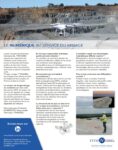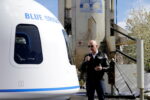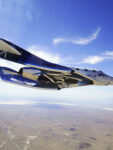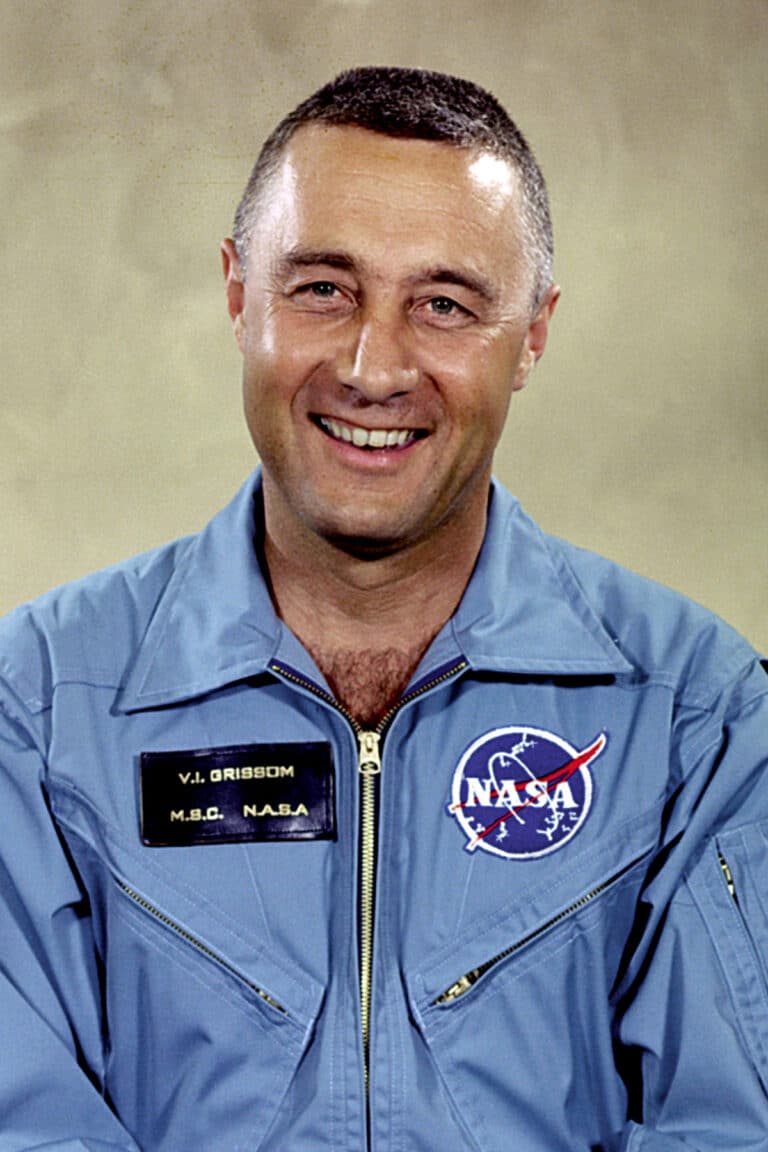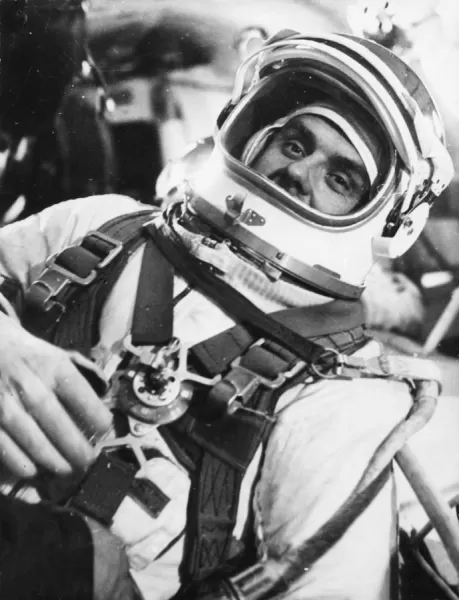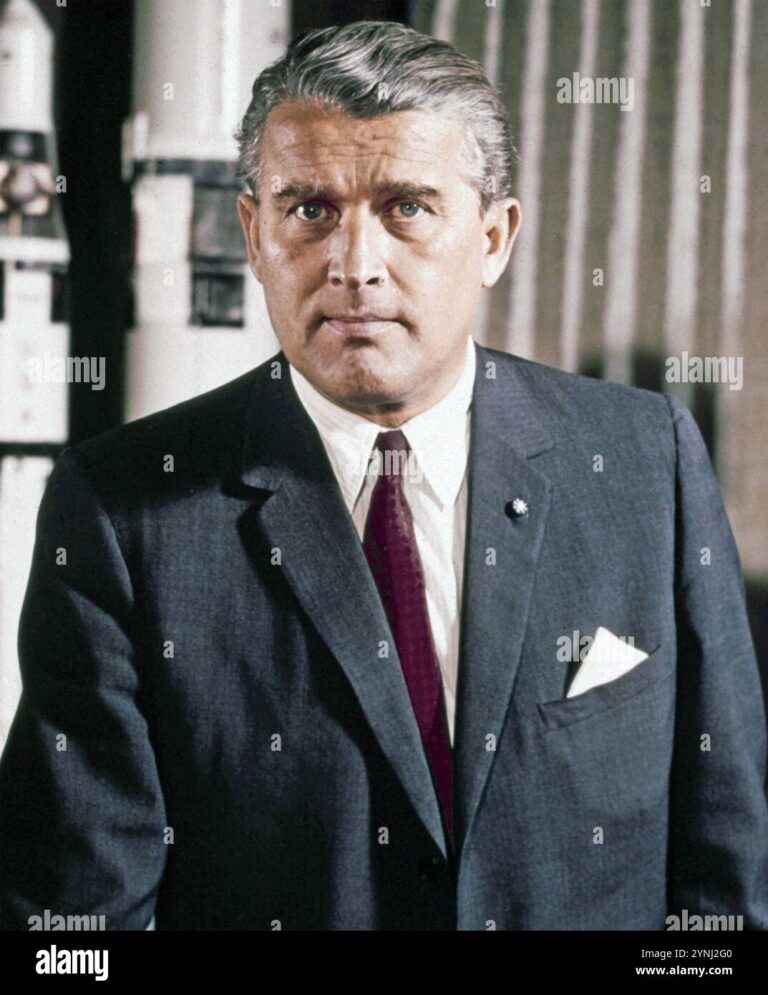Robert A. Heinlein, an emblematic figure of science fiction, profoundly influenced the genre, particularly in the field of aerospace. Through bold narratives, he explored the colonization of space, interplanetary relations, and technological advancements, integrating captivating social and political themes. His rigorous approach to hard science fiction and his ability to incorporate scientific concepts into his works awakened the collective imagination. His innovative vision paved the way for numerous contemporary works, laying the foundations of a genre that continues to evolve today.
The Aerospace Science Fiction Revolution by Robert A. Heinlein
Robert A. Heinlein profoundly transformed the landscape of aerospace science fiction by introducing bold concepts and themes that still resonate today. Throughout his prolific career, he successfully combined scientific rigor with imagination, making his narratives not only entertaining but also enlightening on complex socio-political issues.
Heinlein was one of the first to seriously explore space colonization and interplanetary relations, addressing controversial subjects such as war, politics, and human identity, all set in futuristic universes that seemed plausible thanks to his expertise in aerospace engineering. By moving away from the simplistic narratives typical of pulp, he promoted a more nuanced and realistic vision of the future, where advanced technologies and human behaviors interact in complex ways.
His impact is invaluable. He not only sparked the imagination of readers but also inspired generations of scientists and engineers to consider the possibility of an interplanetary future. Through his writing, Heinlein established a link between fiction and reality, marking a new era in the history of modern science fiction.
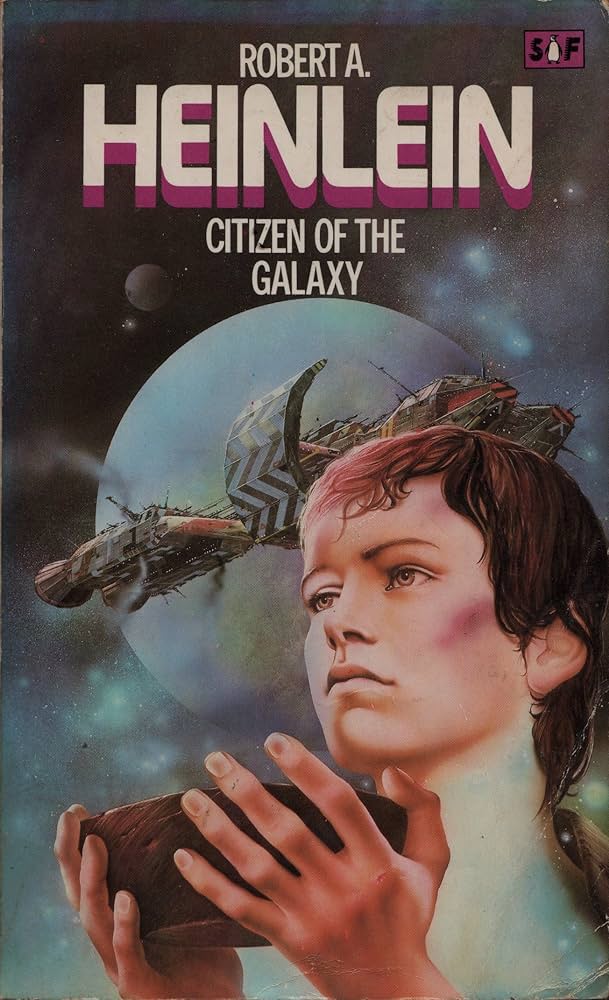
Robert Anson Heinlein, born on July 7, 1907, in Butler, Missouri, marked the history of science fiction and, more particularly, the aerospace genre. His writing career began in the late 1940s, a period during which he stood out by moving from pulp to achieve his status in mainstream magazines like The Saturday Evening Post. Heinlein was not merely a science fiction writer but rather a visionary who managed to combine advanced technical concepts with relevant social and political reflections.
Raised in a family that encouraged intellectual curiosity, Heinlein developed an interest in science and technology from a young age. During World War II, he joined the naval forces where he studied aeronautical engineering to serve at the Philadelphia Naval Shipyard. This technical training is evident in his works where he rigorously and precisely addresses themes related to aviation and space exploration. As a pioneer of hard science fiction, he avoided sensationalism in favor of rigorous scientific exploration.
Heinlein’s narrative style allows him to tackle complex concepts in an accessible way while captivating his readers. His novels such as Starship Troopers and The Moon is a Harsh Mistress explore themes such as space colonization, providing reflections on contemporary society and politics. In these narratives, he imagines futuristic technologies that, although fictional, are rooted in plausible scientific principles. This approach not only entertained but also fueled the imagination of generations of readers, prompting them to consider a space-faring future.
Heinlein does not limit himself to technological innovation; he also addresses controversial social issues. Thus, his works question the roles of responsibility and civic obligations, often associated with the idea of an interplanetary society. Through his characters, he explores various social structures, whether anarchist lunar societies or progressive Martian colonies. These themes resonate in debates about morality and human identity, reinforcing the lasting impact of his works on the readership.
His commitment to science fiction does not go unnoticed. In 1975, he became the first author to receive the prestigious title of Grand Master awarded by the Science Fiction Writers of America. This honor highlights not only his contribution to literature but also his essential role in the development of the genre. His vision undoubtedly influenced many authors and paved the way for a more realistic representation of space technology.
By addressing topics such as technological advancements and the social implications of space exploration, Robert A. Heinlein not only entertained millions of readers but also succeeded in infusing elements of scientific realism into his narratives. His work continues to inspire and shape modern science fiction, thus solidifying his place in aerospace literary heritage.










